In Part 1 of the article, we discussed the regular towing arrangements and how to select the towing gear for the same. In this part, we will discuss the components of the emergency towing arrangement and how to select them.
The purpose of emergency towing equipment is to recover a disabled and/or abandoned vessel. This may happen in case of engine breakdowns, loss of power or loss of steering capability coupled with a failure of the main towline/bridle. Such a situation carries significant risks and dangers of the vessel floating ashore. How do we recover such a vessel? Thinking in very layman terms, we need to hook it up to another ship (a tug) which can carry it to a safe harbor for repairs. Picturing a worst-case scenario can be of a vessel which is powerless, abandoned and floating in the dark of night at sea in a bad weather. What if we need to hook-up such a vessel to rescue it? How should the towing arrangement look? Needless to say, time is extremely critical in such operations and the available window of time is highly limited.
In view of the above, the emergency towing or hook-up arrangements made on the vessel must be very simple and quick to deploy.
Again, thinking very fundamentally, the ship and the tug have to be connected, say by a chain. The ship must have some strong point where the chain can be connected. Further, if the chain is lying on the ship’s deck during the emergency situation, then it becomes useless, as it can’t be accessed. Thus, there should be a mechanism to make the chain float in the sea, so that it can be picked up easily to be connected to the tug’s towing line. The whole arrangement should be long enough to provide a safe distance from the abandoned vessel while the operation is performed.
In view of the above, a typical setup for emergency towing is shown in below. While this is the recommended setup as per DNVGL-ST-N001, an alternate setup which includes a separate bridle and pennant is also acceptable. In that case, the strength of the emergency pennant/bridle system should be the same as that of the main towing bridle.
Figure 1 – A typical Emergency Towing Arrangement as recommended by DNVGL-ST-N001
Coming back to the recommended arrangement, we can see that the whole arrangement has been designed to be simple and easy to be deployed. The emergency pennant is the most critical component, and the other equipment are enabler equipment to ensure the smooth working of the pennant. Generally, the Emergency Towing Equipment (ETA) is required to be placed at the bow of the vessel.
We can see the system has following components/features:
- Emergency Pennant – this is the main tow wire, and is recommended to be in one length with a minimum length of 80 m. The minimum length can be reduced for small vessels or when the tow is benign. The pennant runs along and is secured to the side of the vessel (on the deck) with soft lashings (shown as ‘seizing’ in the drawing) which can easily break free when pulled during deployment.
- Tow connection – We can see that the pennant is connected to the vessel using a tow connection (e.g., a smit bracket). The tow connection should be on the centerline of the vessel, and should be installed on a hard point on the vessel (like a bulkhead).
- Chock/fairlead – the chock/fairlead is required to guide the pennant from the vessel to the tug, and it also protects the deck as well as the pennant from chafing. The fairlead should be a closed one.
- Float buoy – There is a conspicuous float buoy which is used for easy identification and pickup of the emergency towing line. Most of the time, it is equipped with a self-igniting light.
- Float line – the emergency pennant is to be connected to a float line which is buoyant, i.e., floating. This is meant for the recovery of the emergency pennant when required. The float line should be long enough for the buoy to be clear of the barge, and to be easily picked up by a tug
Emergency Towing Procedure
Now we will talk a bit about the actual procedure for emergency towing, and the steps it follows.
The whole idea is to connect the tug’s towing line safely to the emergency tenant of the abandoned/floating vessel.
For this, the tug is first maneuvered to the stern of the barge, where the float line and the float buoy are.
The float line is retrieved gradually along with the extension line, if any, until the eye of the main towing pennant is retrieved to the tug.
The pennant eye is then connected to the tug’s towing hook
The tug is then slowly maneuvered to the bow and then the barge is towed away
Emergency Towing Equipment – Minimum Specifications
Now we take a look at the minimum specifications needed for the emergency towing equipment onboard a vessel.
The following table summarizes all the requirements as per DNVGL-ST-N001, Sec 11.13.13.4.
Thus, with an understanding of the purpose of emergency towing, and of the special practical requirements which govern it, we can be in a position to design the right emergency towing arrangement and select the right equipment for it.
References:
- DNVGL-ST-N001 Marine Operations and Marine Warranty
- https://www.shipownersclub.com/media/2015/08/PUBS-Loss-Prevention-Tug-and-Tow-Safety-and-Operational-Guide_A5_0715.pdf
- http://www.gard.no/web/updates/content/52597/emergency-towing-arrangements-for-tankers
- https://www.wartsila.com/encyclopedia/term/emergency-towing-system-(ets)-also-emergency-towing-gear
- http://www.imo.org/en/KnowledgeCentre/IndexofIMOResolutions/Maritime-Safety-Committee-%28MSC%29/Documents/MSC.35%2863%29.pdf
- https://www.shipownersclub.com/media/emergency-towing.pdf
TheNavalArch has its own app for selecting the right towing or emergency towing gear as per DNVGL Guidelines/Recommended Practices. Please do check it out below:
-
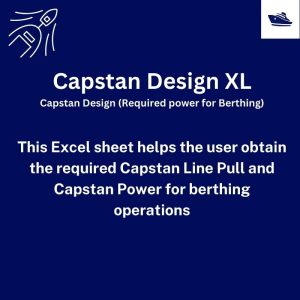
Capstan Design (Required power for Berthing)
$49.00 Add To Cart -
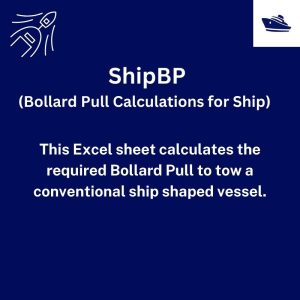
Bollard Pull Calculations for Ships
$79.00 Add To Cart -
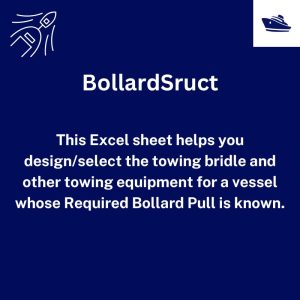
Bollard Strength Check Spreadsheet
$39.00 Add To Cart -
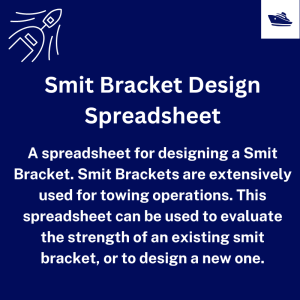
Smit Bracket Design Spreadsheet
$49.00 Add To Cart -
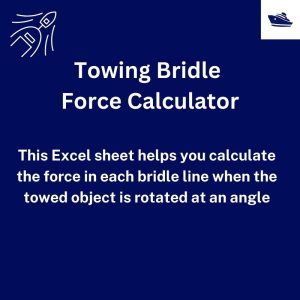
Towing Bridle Force Calculator
$29.00 Add To Cart -
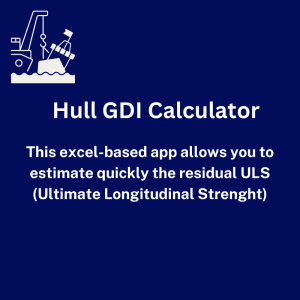
Hull GDI Calculator
$99.00 Add To Cart

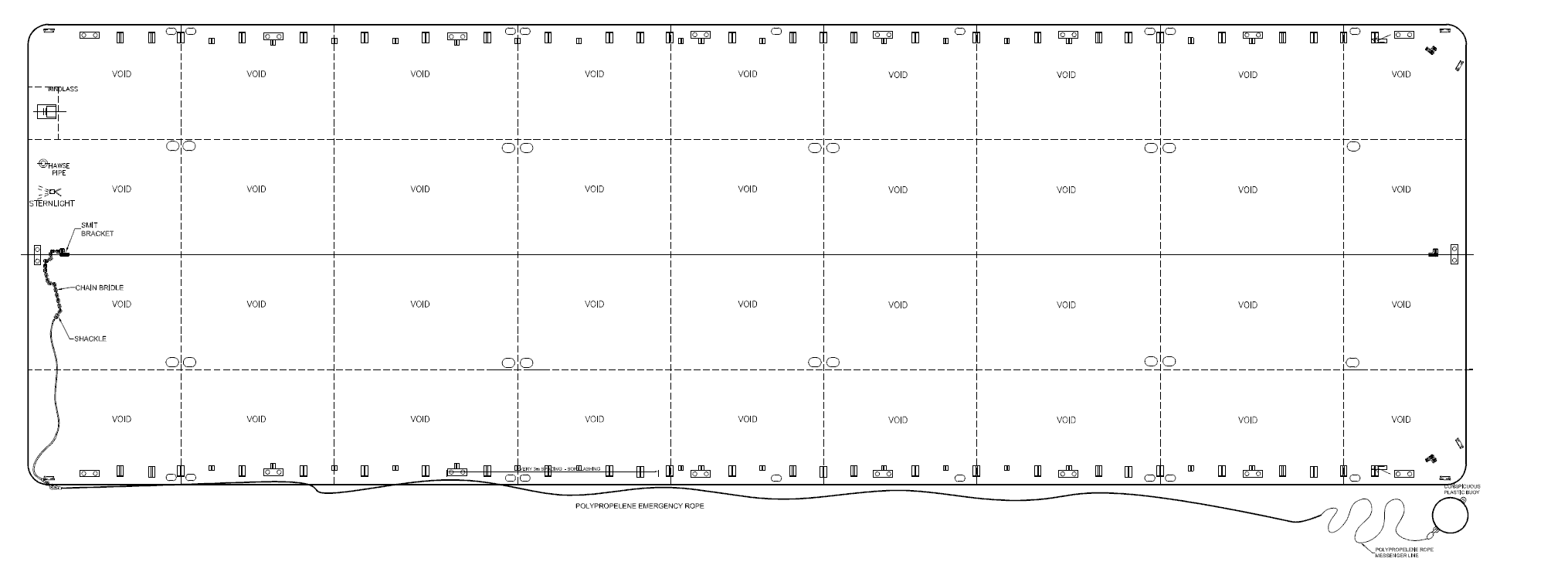


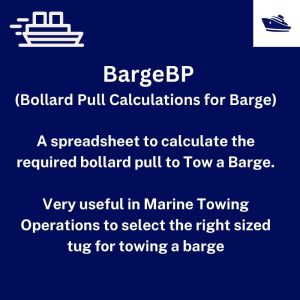
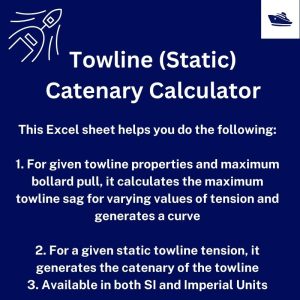
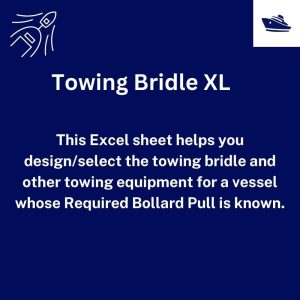
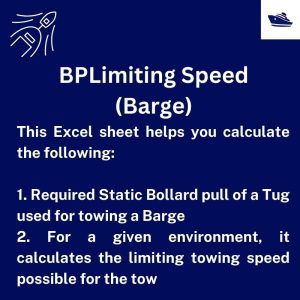
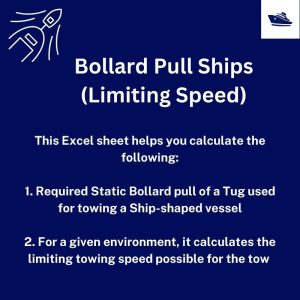
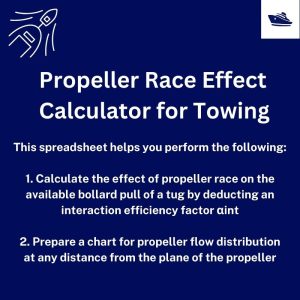
An excellent article! Thank you for sharing this!
You’re welcome, Sir!